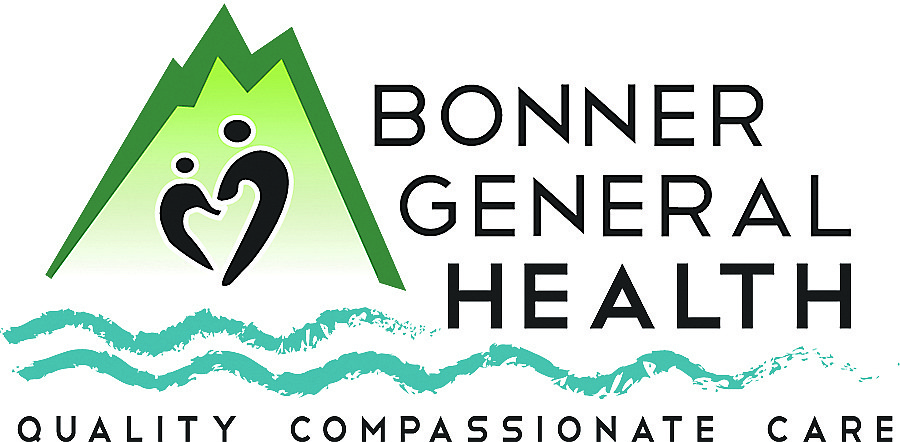Glaucoma stealthily steals eyesight
It’s said that half of the people with glaucoma don’t know they have it. I assume that someone has a very accurate crystal ball, or it’s an educated guess. But, what’s for sure is that over three million Americans have been diagnosed with the second leading cause of blindness worldwide. If you’re curious, cataracts take number one.
There are eight different types of glaucoma, and I won’t take your time to explain all of them. I will say that it mostly tends to affect those of us who are over 60, although there are a couple of types that specifically affect infants and children. The operative word, however, is “mostly” as glaucoma can affect anyone at any age.
Open angle glaucoma results in increased eye pressure and is the most common form. “In a healthy eye, fluid leaves the eye through the drainage angle, keeping pressure stable,” the American Academy of Ophthalmology explains. “If the drainage angle is blocked, fluid cannot flow out of the eye, causing pressure to increase.”
So basically, it’s like a clogged drain. As the eye pressure builds, it starts to damage the optic nerve.
“Some people can have optic nerves that are sensitive to normal eye pressure. This means their risk of getting glaucoma is higher than normal. Regular eye exams are important to find early signs of damage to their optic nerve,” AAO says.
They also say, “Most people with open-angle glaucoma do not notice any change in their vision until the damage is quite severe. This is why glaucoma is called the ‘silent thief of sight.’”
What happens is that gradually you’ll get blind spots in your peripheral (side) vision. Often it starts on the side of your eye closest to your nose, which is one reason why you might not notice the change in your vision. As it progresses, you have difficulty seeing things in your central vision. And so, it goes.
The importance of seeing an eye doctor on a regular basis is elevated when you think about the fact that you can have normal pressures and still have glaucoma. And there are people who have higher than normal eye pressure (called ocular hypertension) but no evidence of optic nerve damage which will tag them as “glaucoma suspects.”
AAO says that “some people have a higher-than-normal risk of getting glaucoma. This includes people who are over age 40; have family members with glaucoma; are of African, Hispanic, or Asian heritage; have high eye pressure; are farsighted or nearsighted; have had an eye injury; use long-term steroid medications; have corneas that are thin in the center; have thinning of the optic nerve; have diabetes, migraines, high blood pressure, poor blood circulation or other health problems affecting the whole body.”
An eye exam is the only sure way to diagnose glaucoma. At this exam, the eye care professional will measure your eye pressure; inspect your eye’s drainage angle; examine your optic nerve for damage; test your peripheral vision; take a picture or computer measurement of your optic nerve and measure the thickness of your cornea.
Here’s the good news. First these tests pretty much take less time than it took me to write about them. And, although any damage sustained is permanent, there are ways to prevent any further loss.
“Glaucoma treatment often starts with prescription eye drops,” Mayo Clinic explains. “Some may decrease eye pressure by improving how fluid drains from the eye. Others decrease the amount of fluid your eye makes. Depending on how low your eye pressure needs to be, you may be prescribed more than one eye drop.”
If the eye drops don’t bring the pressure down to desired levels, you may be prescribed oral medication. If that doesn’t improve the situation, laser therapy and/or surgery may be recommended.
Before we end today’s session, I do have to tell you about angle-closure glaucoma. Although uncommon, it happens when the iris is very close to the drainage angle. It’s an acute attack that requires immediate medical attention. Signs come on quickly and include blurry vision, severe eye pain, halos around lights, nausea and vomiting. If you experience any of these symptoms see your eye care professional immediately or go to the emergency department.
Bonner General Health Ophthalmology Clinic’s phone number is 208-265-1011. Make a note of it.
Kathy Hubbard is a member of the Bonner General Health Foundation Advisory Council. She can be reached at kathyleehubbard@yahoo.com.



